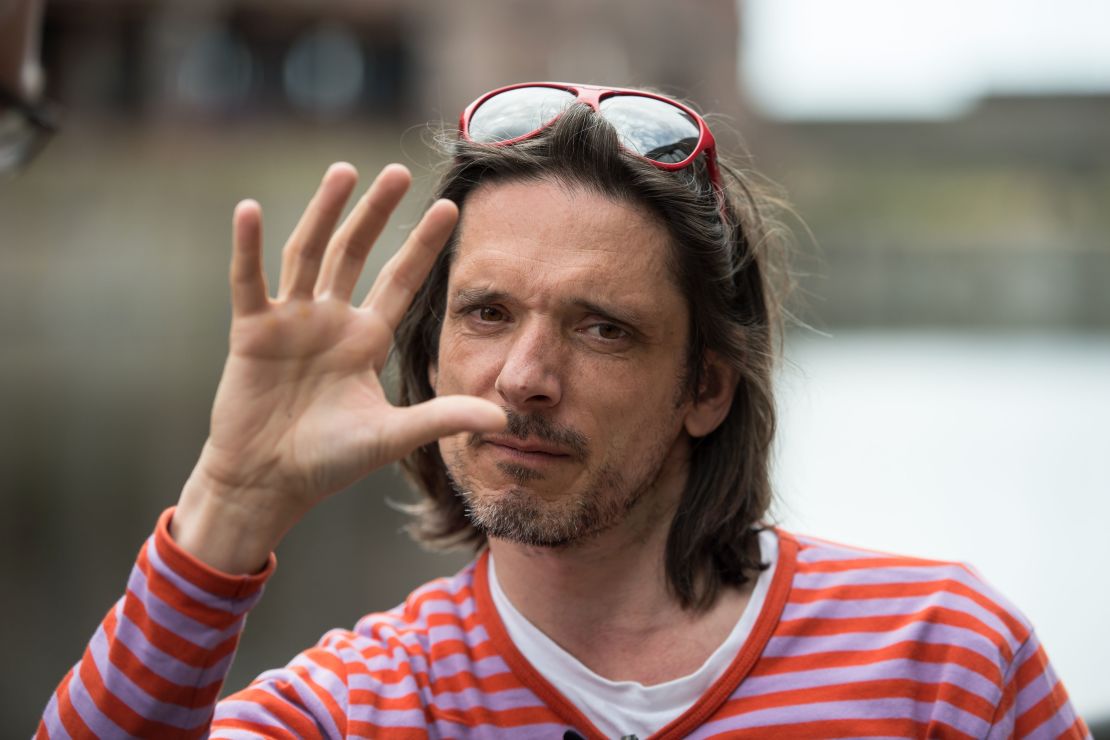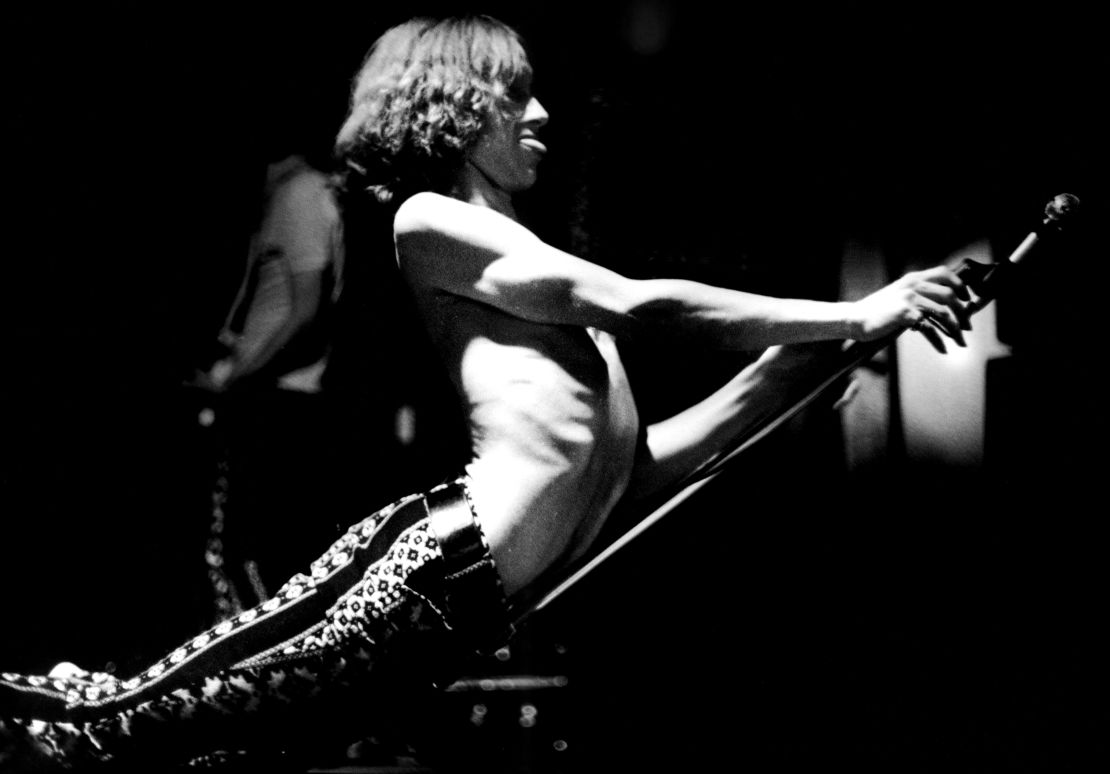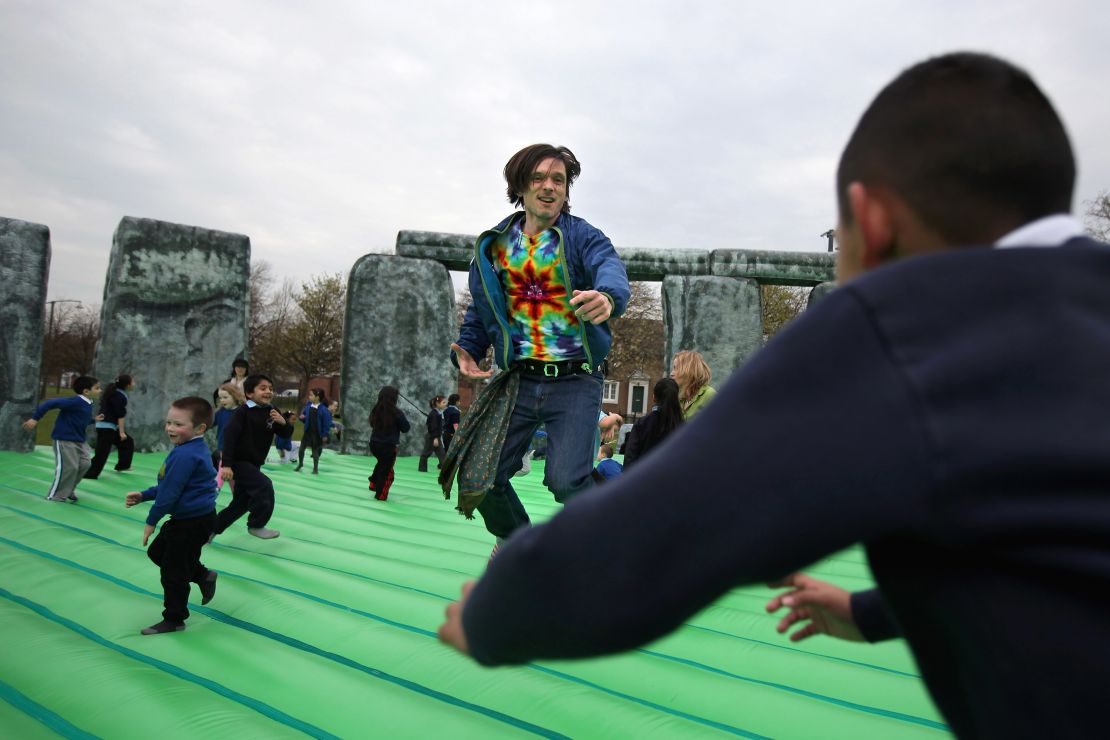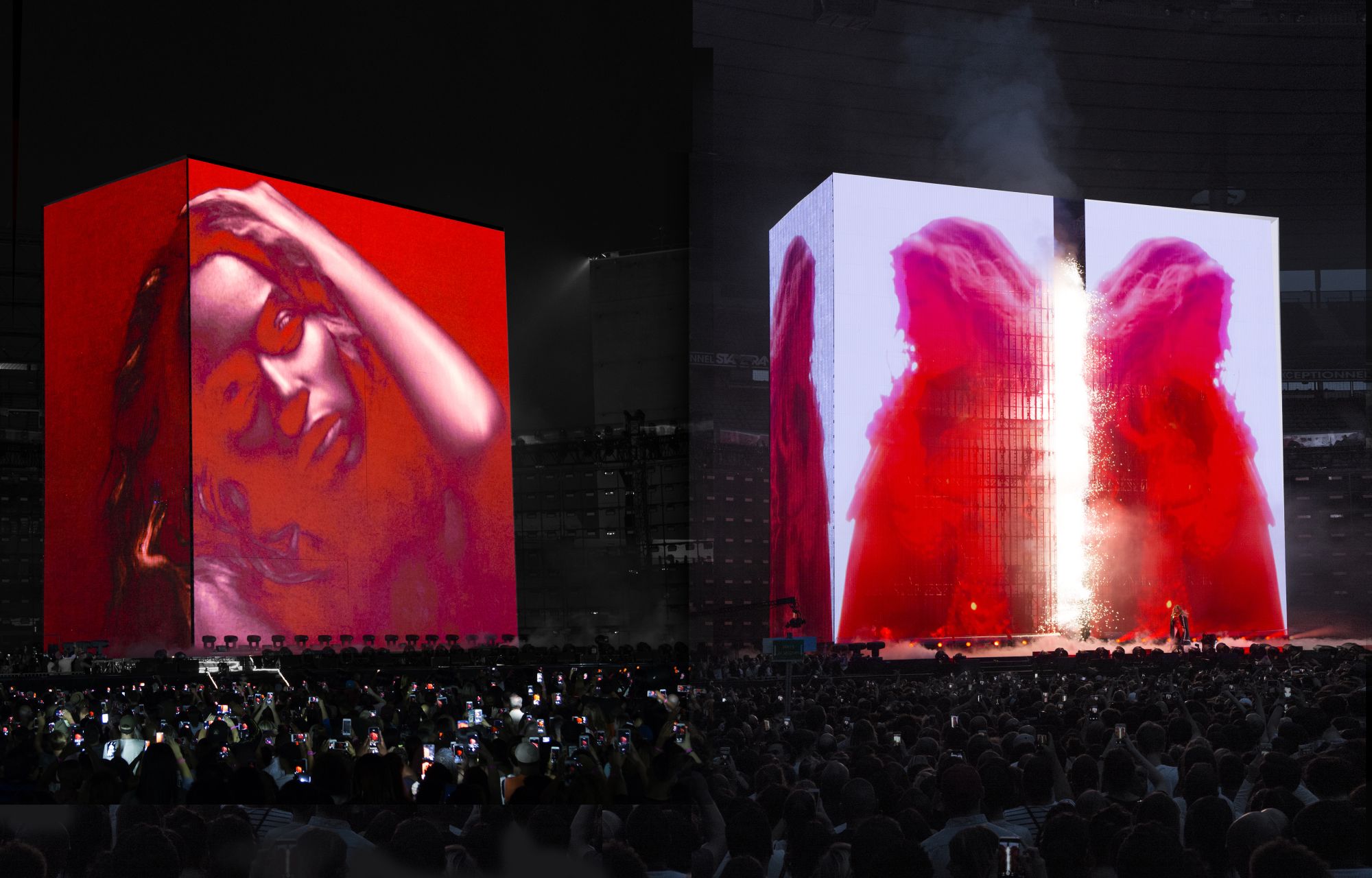Editor’s Note: This story is part of “Masters of Experience,” a series exploring the world’s most original experiences, as told by the visionaries who crafted them.
Jeremy Deller is a rare artist whose work has won him fans well outside of the micro-culture of the fine art world. Large scale event-pieces such as “The Battle of Orgreave” – a 2001 reenactment of the violent 1984 clash between police and miners in the North of England – and his recent tribute to the fallen soldiers of the Somme have gained him a kind of populist appreciation not usually reserved for Turner Prize winners.
His interests in acid house music, mine workers, brass bands and Peter Stringfellow have gained him a certain cult status.
Deller’s career-long fascination with the niches of British culture and music has led to a reputation as a sort of unofficial artist of the acid house movement – a tag he’s reluctant to indulge in too much.
“Well, I feel a bit of a fraud,” he explains from his London studio. “I didn’t really partake in that early acid house moment and never really pretended I did, but I made work about it. I’m interested in it as a moment, a social one as well as a musical one. I was interested in what it meant.”
His latest project has seen him back on familiar ground: heading up a series of talks at London’s Paul Mellon Centre, entitled “The Look Of Music.”

The talks will examine the relationship between the sounds of popular music and the aesthetic and images they produce. Those who have already spoken in the series include acclaimed set designer Es Devlin and writer Jon Savage whose book “England’s Dreaming” is considered to be the quintessential text on punk culture by many, and next week sees the final installment, featuring Art-Pop icons The Pet Shop Boys.
The premise of these lectures will be the question ‘What does music look like?’ – but how close does Deller think he and his collaborators will get to actually answering that?
“Oh, we won’t get close at all”, he replies with a typical lack of self-seriousness. “It’s just a tagline, really.”
However, there is plenty of weighty discussion to be had about the relationship between pop music and art, using case studies of musicians who seem to best explore this relationship, such as the aforementioned The Pet Shop Boys and American rock icon Iggy Pop, the focus of Jon Savage’s lecture.

In The Pet Shop Boys, it appears that Deller has found the perfect act to examine the intersection between music and art through. “They’re great connoisseurs of pop music,” he says. “They’re a little bit older than me but they’ve had a similar experience with music being the dominant culture. They take a lot of care in a way they present themselves. In a way, they are perfect.”
A band fond of large-scale playfulness, yet imbued with a very British sensibility. Could they be the closest thing to him in the music world? “I never really thought of it like that,” he muses. “But I’ll happily accept it. I like them a lot.”
With regards to Iggy Pop, Deller and Savage’s interest in his work is less about aesthetic and more about the performance and constancy of his being. “I think he’s been doing a performance piece all his life,” says Deller. “He’s a musician, a front man, but he approaches it in a very specific way. He has a very consistent look, and he quite consciously lets that age over the years, remaining topless even though his body changes. The longer it goes on, the more of a work of art it becomes.”

The boundary between music and art is an interesting one to explore with Deller. But only up to a point. “I’m not a musician, but I work with music and musicians, so it’s part of the work. I’d never call myself a musician, I just don’t have the talent.”
Is there a point when a musician becomes an artist, or do we separate the worlds of art and music too much? “They’re all artists anyway, I think. I don’t think they should strive to be artists – that’s where it goes wrong. They should just keep doing what they’re good at, and then eventually it becomes artwork or a body of work. It’s when it becomes self-conscious that there’s a problem. Pop music is an art form and they are practitioners of it.”
What does he think his own art would sound like, then?
“Eclectic, but listenable,” he laughs.
For more information about “The Look of Music” click here.



